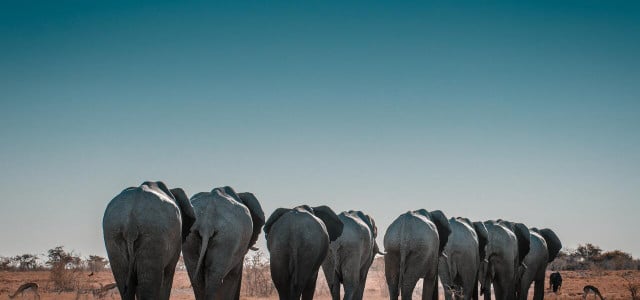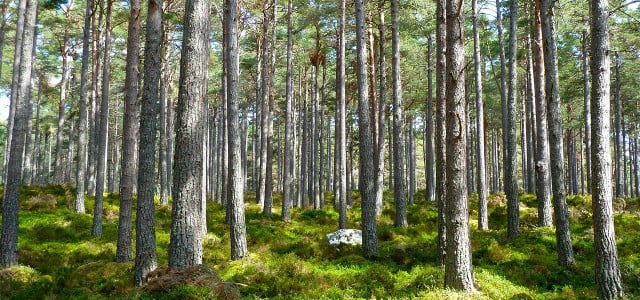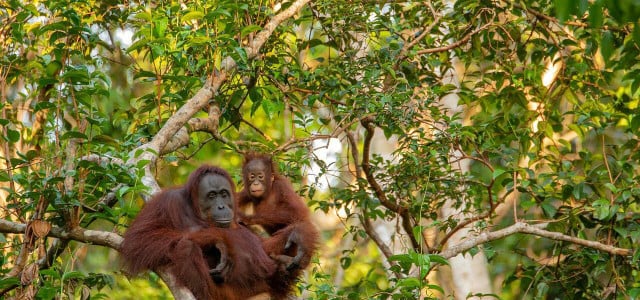What would you do if saw a woolly mammoth in real life? Here is why woolly mammoths vs. elephants is a hot topic in the conversation surrounding conservation.
What’s going on with this woolly mammoth vs. elephant debate? This article will look at the following questions:
- What are the main differences between woolly mammoths and elephants?
- When and why did woolly mammoths become extinct?
- What does the current research and science say about resurrecting lost species?
- How might the woolly mammoth impact our current environment?
Woolly mammoths haven’t walked the Earth for nearly 4,000 years, and their numbers were declining long before they finally went extinct. Scientists estimate that they likely died out around 10,000 years ago. Yet recent scientific developments suggest that woolly mammoth hybrids might be resurrected to once more roam the planet.
Woolly mammoths have a close genetic relative who still populates certain parts of our world — the elephant.
We often long for lost species, and now that the technology may be here to bring certain animals back to life, as it were, we face decisions that could affect humanity indefinitely.
Weren’t woolly mammoths just like elephants? And if so, why is there an issue? What’s the difference between the species, and why do we need to ask questions before bringing woolly mammoths back?
Woolly Mammoth vs. Elephant: Main Differences
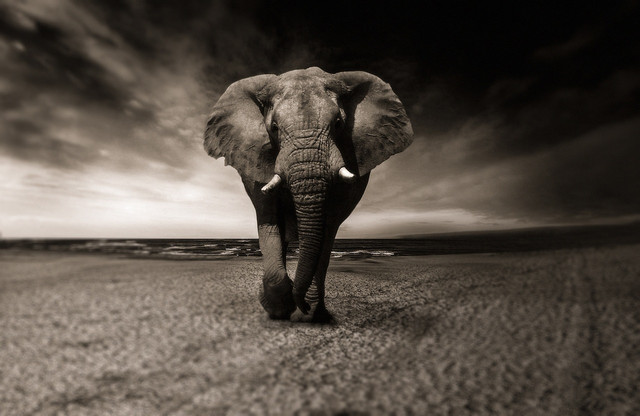
Although related, there are several key differences between woolly mammoths and elephants — other than mammoths are extinct while elephants are not. That said, elephants are considered a vulnerable or endangered species. Shrinking habitat is a significant reason for their decline; for example, the native habitat of African elephants has diminished by over 50% since 1979.
- Are you interested in learning more about endangered species? Read our guide, What Does “Endangered” Mean? A Closer Look.
Mammoths and elephants belong to the same order: Elephantidae. This order contains mammoths, African elephants and Asian elephants. The woolly mammoth and elephant species are cousins, meaning elephants are not descendants of woolly mammoths. They both descended from a common ancestor up to 6 million years ago.
Woolly mammoths and elephants have each existed alongside humans. Each species is herbivorous, and unless determining issues such as dominance and breeding preferences, both are generally peaceful.
What are the main differences between elephants and woolly mammoths?
- Elephants roam parts of Africa and Asia, while the now-extinct mammoths had a broader territory of over three continents, from western Europe and northern Asia to North America.
- Mammoths had thick, woolly coats, while elephants do not.
- Woolly mammoths’ ears were smaller than modern-day elephants.
- The woolly mammoth is thought to be more closely related to the Asian elephant. Unfortunately, the Asian elephant is on the ICUN (International Union for the Conservation of Nature) endangered list.
Interestingly, the woolly mammoth was not the only mammoth variety. Other species included the pygmy mammoth and the steppe mammoth, which may have been the largest of all. All of these species are now extinct.
Why did mammoths die off while elephants survived?
How Did Woolly Mammoths Go Extinct?
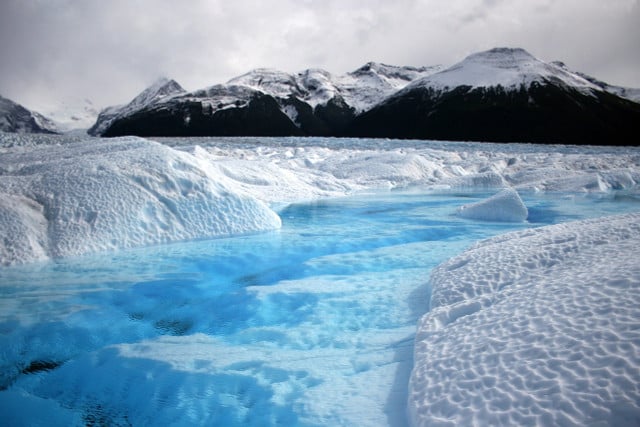


Woolly mammoths roamed the Earth for around 5 million years and survived several ice ages. Why, then, did they start disappearing about 10,000 years ago?
Mammoths have been extinct for at least 4,000 years. Scientists believe that climate played a significant role. Their demise wasn’t human-driven, even though humans did hunt and eat mammoths, in addition to making use of their bones, tusks and skin. From cave art and archaeological finds, we know humans and mammoths lived together for some time. In fact, the oldest known musical instrument was carved from a mammoth bone.
With the onset of genetic exploration, it became easier to answer why woolly mammals disappeared. Research shows that when the icebergs melted during the last ice age, the environment became too wet for the mammoths. This was mainly due to the depletion of vegetation, their main food source. The difference between this ice age and the others is thought to be its sudden onset, which didn’t allow time for many animals to adapt.
Some mammoths survived, but their genes had mutated. That made survival more difficult for the small number of them remaining.
Studies suggest that elephants, however, adapted better. They survived the rapidly changing climate and found suitable habitats throughout Africa and Asia.
What if wooly mammoths made a comeback? How could they?
Woolly Mammoth vs. Elephant: Current Research
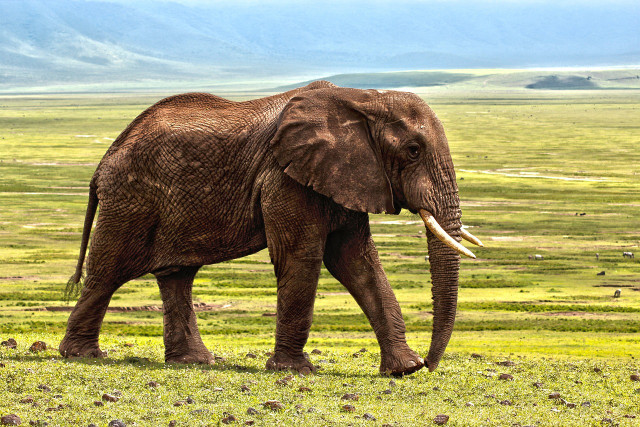


It is known as de-extinction — the bringing back of lost species. The term is misleading, as it’s impossible (right now) to bring back the woolly mammoth as it was. However, a type of re-introduction may be possible.
DNA editing tools have made it feasible to create an animal similar to the woolly mammoth. As scientists have become skilled at extracting DNA, they have found DNA from woolly mammoths that may be a million years old. The existence of isolated woolly mammoth DNA means that this large mammal could be brought back into existence at some future point.
DNA extraction involves inserting cold-resistant characteristics in the DNA sequences of elephants, giving them similar characteristics to woolly mammoths.
One company is doing exactly that. Colossal is a bioscience and genetic-engineering organization founded by Harvard geneticist George Church and entrepreneur Ben Lamm. They claim to have the ability to ‘reverse extinction.’ The company is working on creating a hybrid embryo using a gene editing method called CRISPR.
Creating a mammoth hybrid may sound exciting. After all, why not bring such animals back? People would love to see them in person.
De-extinction and the Environment
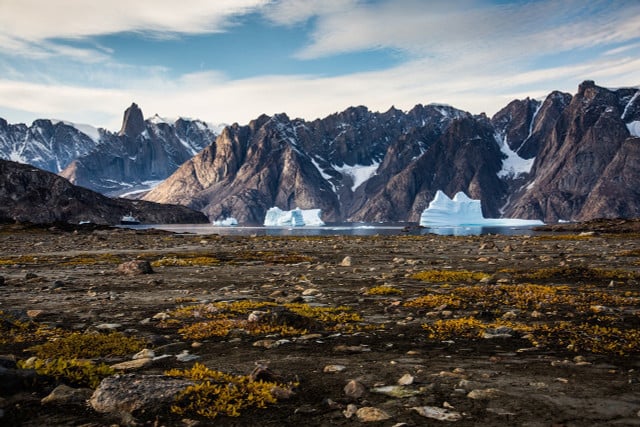


Colossal gives several pertinent reasons for bringing back the woolly mammoth. These reasons include the following:
- Decelerated melting of the arctic permafrost. They suggest the new mammoths could populate the permafrost and turn wet tundra into dry grasslands. Such grassland could sequester carbon and reflect sunlight, keeping the permafrost cooler and potentially mitigating global warming.
- Repopulating the Artic with large animals. Large herbivores compact snow, reducing soil thaw and insulating the ground.
- More grasslands would be created as these animals knock down trees. Trees are vital to planetary health, but Church attests not all trees are equally important.
The advantages of resurrecting lost species sound enticing, but there are downsides:
- Any newly introduced animal is likely to upset existing ecosystems. Voids those species left in their respective habitats have been filled by others.
- Many plants woolly mammoths ate no longer exist. Do we introduce new plant species as well, and if so, what effect might this have on an ecosystem?
- Bringing new species into the world might detract from conservation efforts for existing animals that are currently endangered — like tigers, gorillas, narwhals, the Mexican gray wolf and red pandas.
Read more:
- What Is Merino Wool? Does It Hurt Animals?
- How to Help Endangered Bumblebees
- The 15 Most Endangered Animals in America
Do you like this post?






